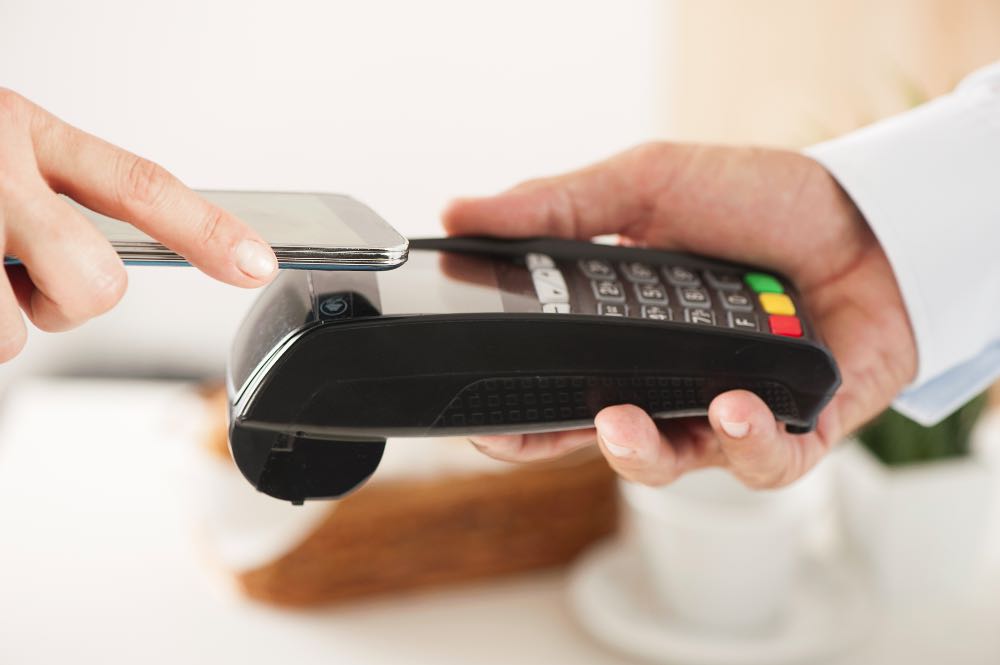Trip Chowdhry, managing director with Global Equities Research, tells George Avalos of The Mercury News that the digital wallet business has gotten off to a rough start.
“There have been many false starts in this industry,” says Chowdhry. “The current payment methods are intrusive and they are not seamless.”

Despite the growing pains and a continuously evolving mobile payments landscape, card-less payment services are clearly here to stay.
“Mobile proximity payments, enabled though near-field-communications, are projected to vastly increase to $118 billion in 2018, up from $3.5 billion in 2014, according to a report by Statista, a web-based data and statistics company,” Avalos explains. “Some of the benefits of mobile payments include the speed of payment, the convenience as well as the integration with pre-existing loyalty and coupon programs.”
As Avalos emphasizes, a critical next step is to make payments seamless for the consumer and to make it easy for shoppers to pick up items in stores without lining up at check stands.
“This sort of convenience is already available in a different industry that new technologies have disrupted,” he writes. “[For example, as] Sunnyvale-based technology company Rambus noted in a report, Uber and Lyft enable users to simply get out of the car at the end of the journey, while the app seamlessly processes the fare in the background.”
As we’ve previously discussed on Rambus Press, the race is now on to make in-store invisible payments a reality. The huge complexities involved mean that a combination of technologies is being deployed in various ways. In the current experimental phase, geolocation, communication, computer vision and biometric technologies are all being utilized in concert. The one technology considered essential for enabling in-store invisible payments, however, are beacons. This is because they enable retailers to detect a consumer’s presence (an essential component of all proposals) in-store by communicating with their connected devices.
With a toolbox of increasingly sophisticated technologies at their disposal, major players are positioning themselves for success. For example, the industry is closely monitoring the viability of Amazon Go. The concept deploys various technologies (the exact details are yet to be released) that enable a consumer to walk into an Amazon-specific store, pick up an item and walk out, with the order charged to their Amazon account upon leaving. Despite these innovations and pilot programs, the inherent complexity and costs of deploying them broadly make it unlikely that in-store mobile payments will be truly invisible by 2020.
Nevertheless, what we do expect to see because of the push for invisibility is less definition between the in-store and in-app experience. For example, in-aisle payments enable retailers to combine the in-store experience with in-app convenience. Rather than queuing at the checkout, the consumer can simply scan the physical product within their mobile application, perform an in-app purchase and display their digital receipt upon leaving the store.
Interested in learning more about the future of mobile payments? You can download our eBook below.

